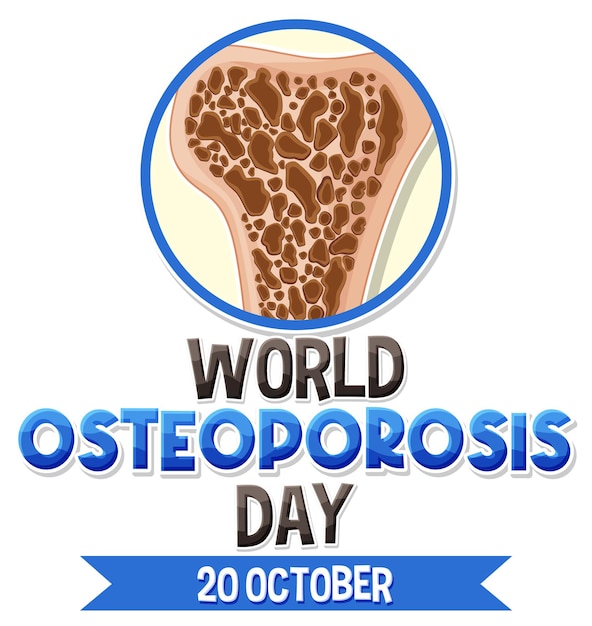Fighting Osteoporosis
- Matthew Barrett
- Oct 20
- 2 min read
Building Stronger Bones: Understanding and Fighting Osteoporosis
Today, October 20th, is World Osteoporosis Day, a day to shed light on a condition that primarily affects aging populations. As an NASM-CPT working on my Senior Fitness Specialization, I figured I'd write about it. Osteoporosis is a disease characterized by low bone mineral density (BMD), which can lead to an increased risk of fractures.
Our bodies are in a constant state of bone remodeling. We have processes like resorption, where bone is broken down to provide minerals to the body, and ossification, where we build new bone. As we age, the rate of resorption gradually surpasses our rate of bone formation.
This loss of bone density, combined with an age-related decrease in flexibility and range of motion (due to hardening of tendons and ligaments), can significantly increase the risk of falls and fractures.
Common Risk Factors for Osteopenia and Osteoporosis
Several factors can increase your risk of developing osteopenia (the precursor to osteoporosis) or osteoporosis itself:
Post-menopausal women: Estrogen plays a crucial role in slowing the rate of bone resorption. As estrogen levels drop, this protective effect diminishes.
Men over 70
A sedentary lifestyle
Low intake of Calcium and Vitamin D
History of Smoking
Family History
Low Body Mass
Use of certain medications (such as long-term corticosteroids)
Ways to Fight the Process
The good news is that we can be proactive. Exercise is one of the most powerful tools we have to improve bone density and reduce fall risk.
Consistent Weight-Bearing Cardio:
Aim for treadmill walking (or over-ground walking) 2-5 days a week. If you use handrail supports, use them as needed for balance, but focus on bearing your own body weight to maximize the bone-building stimulus.
Targeted Resistance Training:
Perform resistance training 2-3 days a week. Aim for 1-3 sets of 8-20 repetitions for each major muscle group. Focus on exercises that strengthen the arms, hips, thighs, and back.
Understand Safe Spinal Loading:
Focus on safe spinal loading and avoid loaded spinal flexion. This is a key point. Many believe exercises like squats are dangerous for osteoporosis. In fact, exercises like properly performed bodyweight or goblet squats, lunges, and leg presses are excellent for building hip and spine density. The real danger is in exercises that round the back under load (flexion), such as crunches or round-back toe touches, which should be modified or avoided.
Breathe Correctly:
Avoid maladaptive breathing. Do not hold your breath (this is known as the Valsalva maneuver) during exertion, as this can cause unsafe spikes in blood pressure. Exhale on the hardest part of the exercise.
Vary Your Stress:
Include activities like walking uphill and downhill. This provides "ground reaction force" training, which is a different and beneficial stimulus for your bones.
Incorporate Balance and Stability Training:
Preventing a fall is just as important as building bone. Activities that challenge your balance, such as single-leg stands, or practices like Tai Chi and QiGong, can dramatically reduce your fall risk.
Matthew Barrett, NASM-CPT


